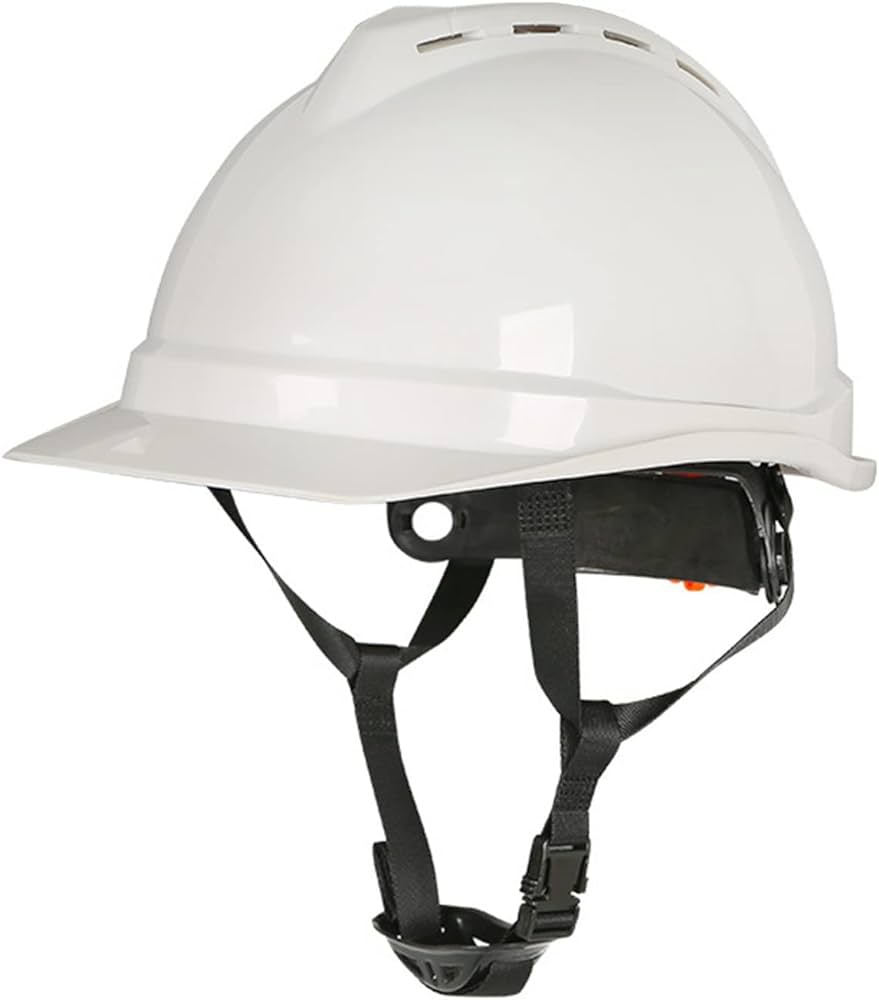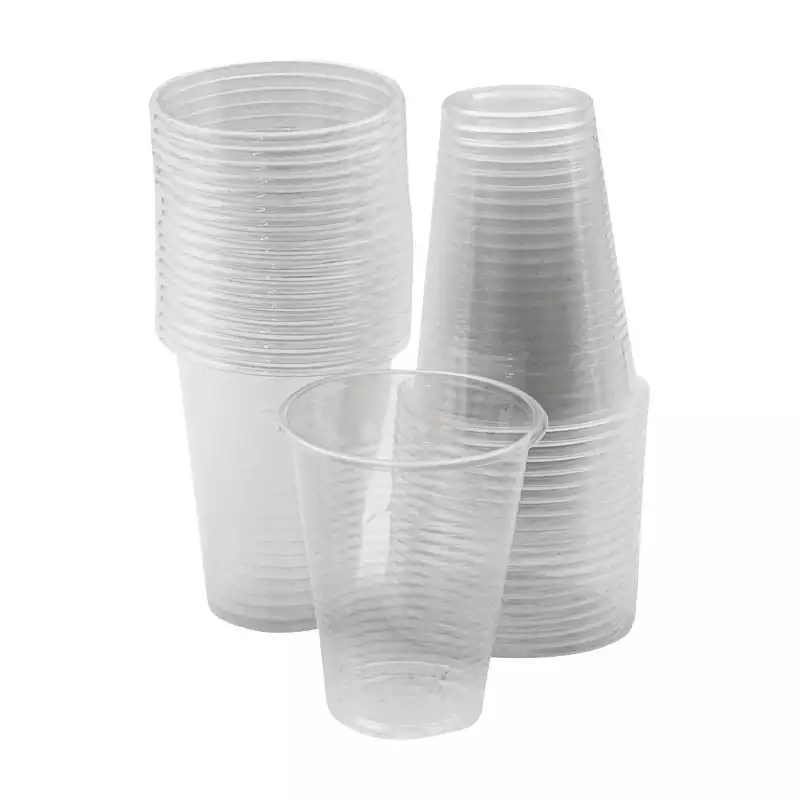Styrenics
What is PS
Polystyrene is a brittle, hard, transparent, inexpensive, odorless and easy-to-process polymer. It is obtained by styrene polymerization.
History
Polystyrene was discovered in Berlin in 1839 by Eduad Simon, a pharmacist. He distilled frankincense balsam, the resin of the sweetgum tree liquidambar orientalis in Turkey, to obtain an oily substance, a monomer he called styrene. Days later, Simon found that the styrene had hardened, probably due to oxidation, and had turned into a gel, which he called styrene oxide (“Styroloxide”). In 1845, British chemist John Blyth and German chemist August Wilhem von Hofmann showed that the same transformation of styrene occurred in the absence of oxygen. They named this substance metastyrol. Later analysis showed that it was chemically similar to Styroloxide. In 1866, Marcelin Berthelot correctly identified how metastyrol/Styroloxide was formed from styrol as a polymerization process. Nearly 80 years later, based on a thesis by German organic chemist Hermann Staudinger (1881-1965), it became clear that styrol triggered a chain reaction when heated, resulting in macromolecules. Thus, the substance began to be known as polystyrene, as it is known today.
Features
Polystyrene is hard, has high dielectric properties, has low water absorption, has good dimensional stability, is glass-transparent, shiny, easily colourable, and odorless thermoplastic. PS is normally resistant to acids, bases, alcohols, oils and salt solutions. Polystyrene ignites easily and burns with a luminous flame and dark soot with a distinctive odor.
Varieties
GPPS EXTRUSION GRADE
GPPS INJECTION GRADE
HIPS EXTRUSION GRADE
HIPS INJECTION GRADE
Usage areas
- In Packaging Industry (Food Packaging, Thermoforming, Fast-Food Packaging)
- Applications in electronic devices (Indicators, etc.)
- Textile Accessories (Hangers, Clips, Buttons, etc.)
- In Automobiles (Headlights, Rear Stop Signal Lamps, Interior Lightings)
- On Refrigerator Shelves and Vegetable Bins
- In toys
- In clock and radio cabinets
- In Furniture Accessories
- In thermal insulation (XPS, EPS, Graphite EPS)





